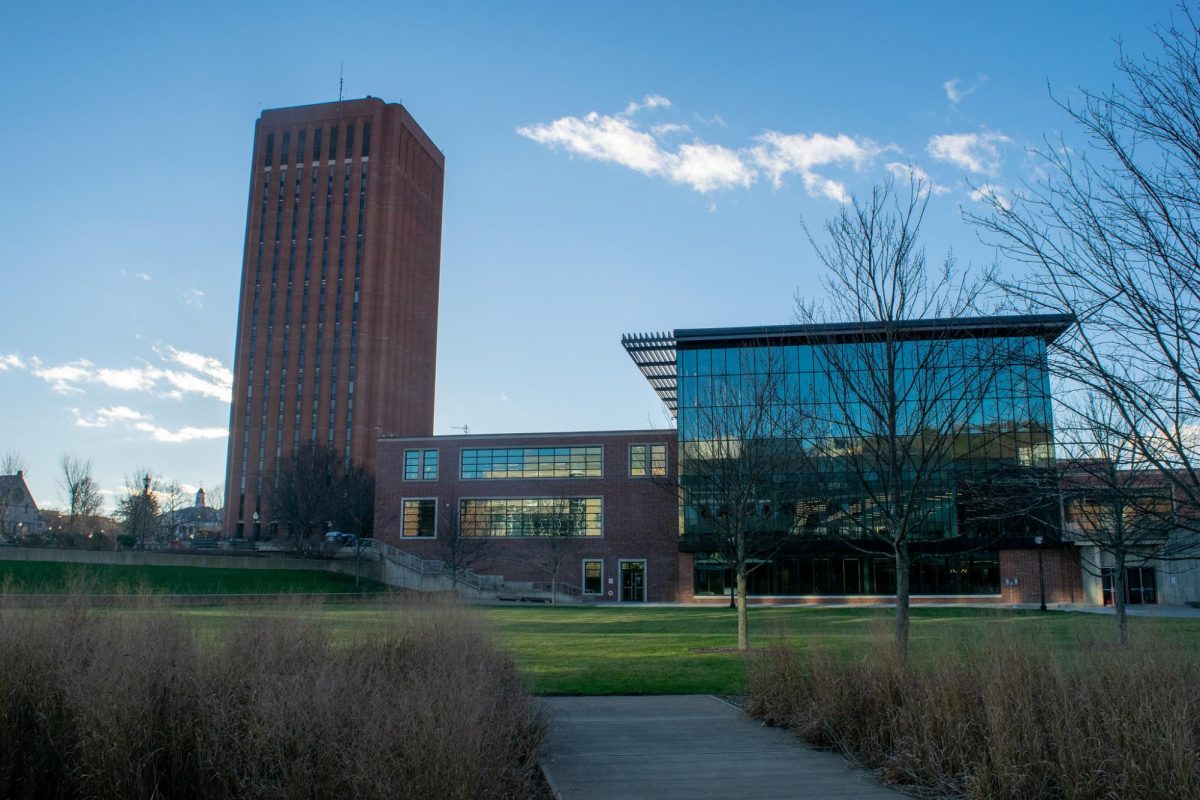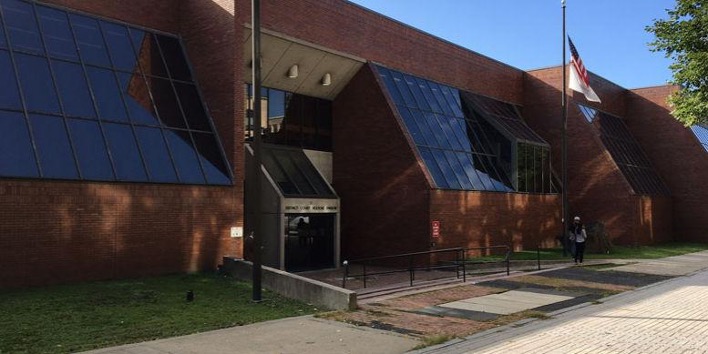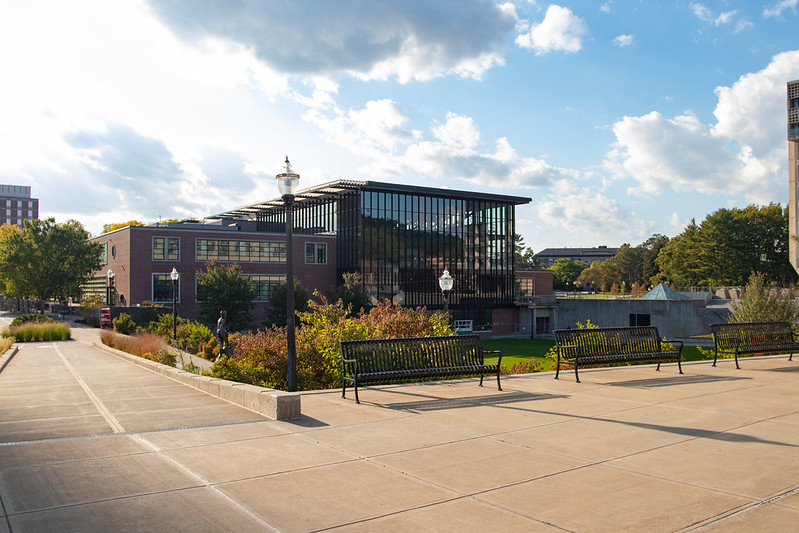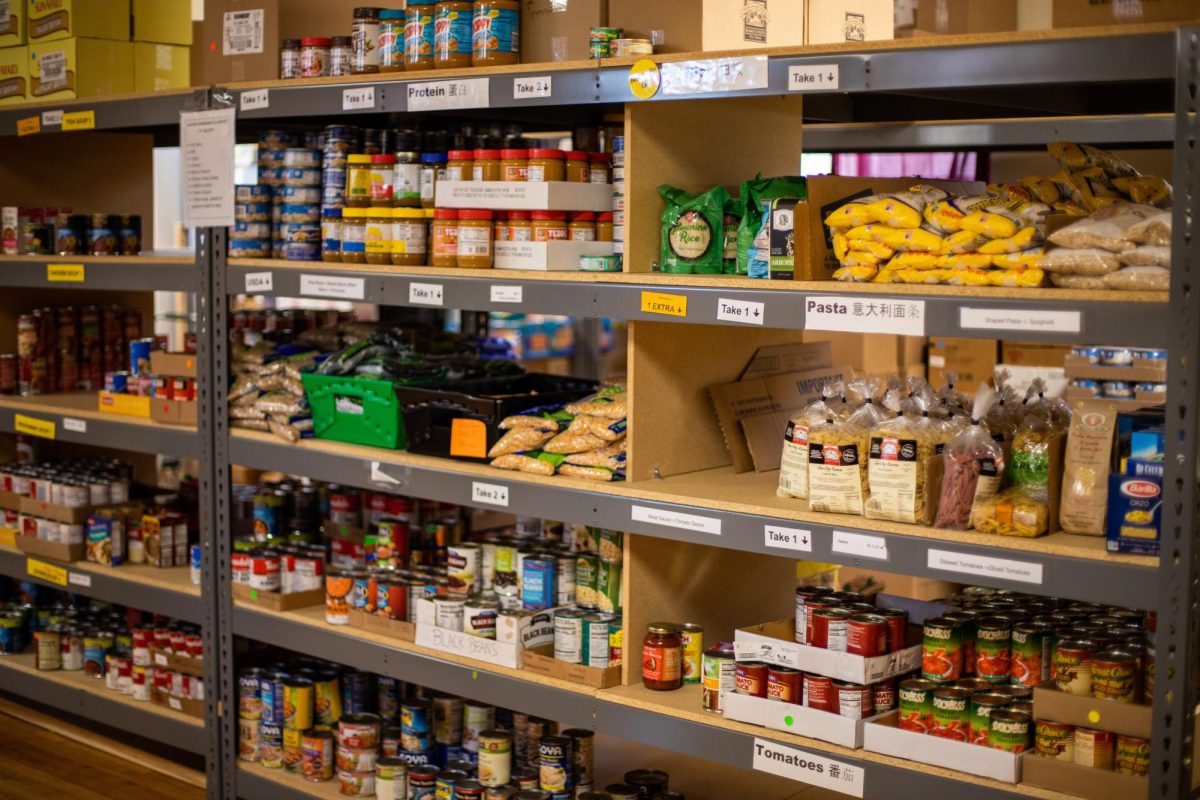Get swabbed and save a life.
That’s the motto the University of Massachusetts branch of DKMS Americas – a bone marrow recruitment agency – will try to hammer-in today and tomorrow during its second annual bone marrow registration drive.
DKMS Americas is one of the largest bone marrow donor organizations in the world, with an estimate of 2.6 million registered donors, according to the national organization’s website. Last November, Ashley Cox, who is now the current president of the UMass branch, contacted the organization in an attempt to bring a drive to the University and has been working with it since.
“DKMS registry is international and one of the few registries that is completely non-profit, where donors don’t have to pay for anything,” said Cox. “As college students, that’s important.”
This year, the UMass DKMS is endeavoring to find a successful bone marrow donor for Oliver Williams, a less-than-two-month old infant who was diagnosed with Wiskott-Aldrich syndrome – a rare disease that results in a low platelet count.
Bone marrow is the tissue inside bones that essentially acts as the blood-making machinery of the body, according to Shira Simcha Nouriel, a UMass student who serves as the vice president of the University’s DKMS branch.
In instances where a bone marrow transplant is needed, Nouriel said, healthy stem cells or bone marrow are taken from a donor. They are then used to create new blood for a patient whose blood-making machinery is making blood that is toxic to the body.
“Bone marrow is a huge thing,” said Nouriel. “It can save so many people’s lives and all you need is a match.”
Volunteers will be stationed outside the Berkshire, Hampshire, Franklin and Worcester dining commons today and tomorrow to try to add as many people to the bone marrow registry as possible. This will involve filling out a registration form and swabbing the inside of one’s cheek to collect cells for Human Leukocyte Antigen (HLA) tissue typing.
HLA, which are proteins found on most cells in the body, are used to determine a match. The donor and patient must have at least eight out of 10 HLA characteristics in common in order to be successful.
Last year, the UMass DKMS Americas registered 1,835 people, making it the largest collegiate bone marrow drive in New England. Its goal is to register another 3,600 people within the next two days.
“I can’t even imagine how many lives could be saved by getting 3,600 people on the registry,” said Nouriel. “It would be incredible.”
While Nouriel noted that many might have apprehensions about donating marrow, she said the experience is not as frightening as some might think.
“The No. 1 reason people don’t get on the registry is because they don’t know about it,” said Nouriel. “The No. 2 reason they don’t is because of fear. We need to teach people that it’s not a horrifically painful experience and it’s more rewarding than you can possibly imagine.”
Peripheral Blood Stem Cell Donation is the method of donation used 80 percent of the time and collects stem cells through the donor’s bloodstream, according to an informational pamphlet provided by the DKMS Americas. Four to five days prior to the collection, donors receive daily injections of a synthetic protein called filgrastim to increase the number of stem cells in the bloodstream. While taking the filgrastim donors experience flu-like symptoms – such as achy joints and headaches – but side effects subside within 48 hours of donating.
During the collection, blood is removed from one arm and passed through a machine that removes the extraneous blood stem cells. Subsequently, the blood is returned through the other arm, according to the pamphlet. This non-surgical outpatient procedure takes about four to six hours over a period of one to two days.
A pelvic draw, where marrow is collected from the back of the pelvic bone, only occurs in 20 percent of cases. Donors receive general or local anesthesia during the one to two hour extraction process and are usually able to leave the hospital at the end of the day.
Side effects include bruising and stiffness for up to two weeks after donation, but within a week patients can return to their normal exercise routine, the information pamphlet states. A donor’s marrow will then completely replenish itself within a few weeks.
Nouriel hopes that once people learn about the processes, they will be more inclined to join the registry.
“Think about how many times you’ve had an intense work out and been really sore afterwards, but known it had it be entirely worth it,” she said. “Imagine [experiencing] that and saving a life.”
Those who register at the drive must be from 18 to 55 years old, in general good health and weigh at least 110 pounds. Once registered, prospective donators will be listed on the “Be The Match Registry” until the age of 61, unless they asked to be removed.
Nouriel said she thinks the drive gives people a chance to potentially be heroic.
“I think everybody has at one point in time kind of day dreamed about being a hero in some way, and you can be a hero just based on your genetics,” she said.
Jessica Sacco can be reached at [email protected].






